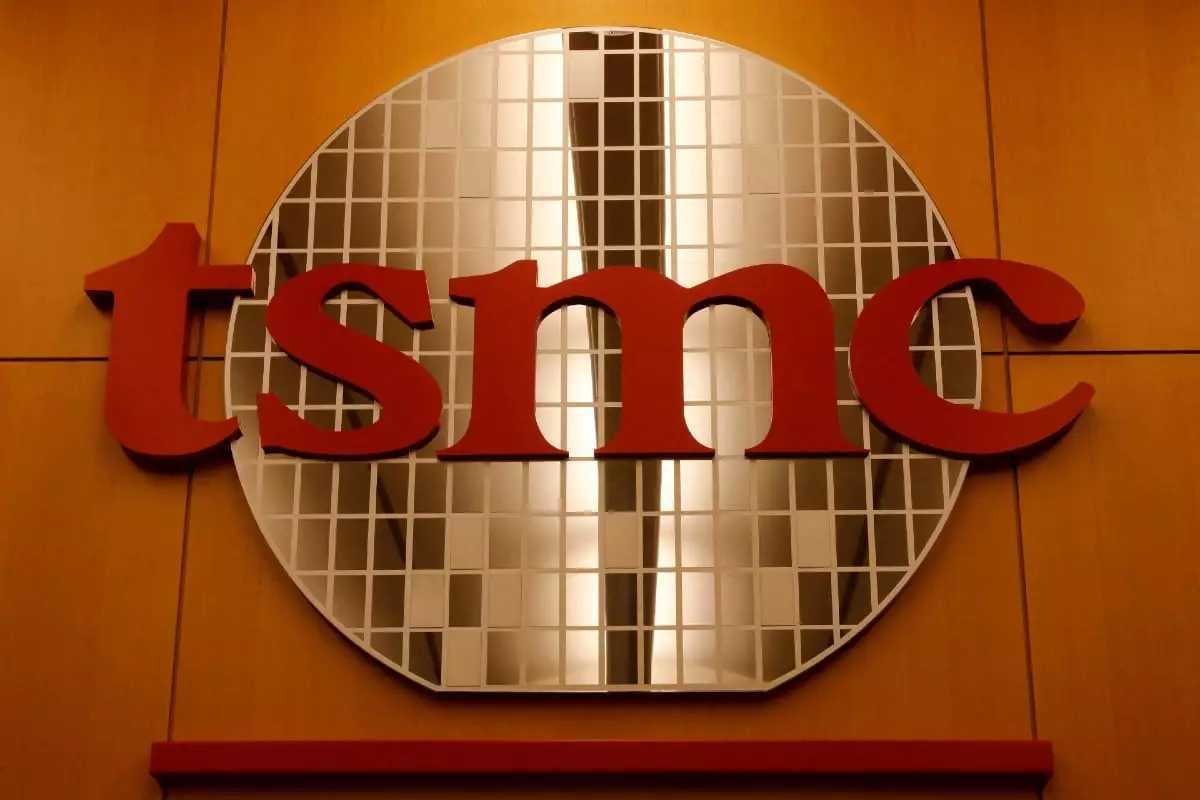In recent months, significant developments have arisen concerning Taiwan Semiconductor Manufacturing Company (TSMC) and its interactions with China-based chip designer Sophgo. The crux of the issue lies in the discovery of a TSMC chip within Huawei’s AI processor, the Ascend 910B, raising alarm bells regarding compliance with U.S. export controls. This article aims to dissect the implications, responses, and the broader context of the semiconductor industry amid tightening regulations.
Understanding the Background of TSMC and Huawei
TSMC stands as the world’s foremost contract chipmaker, a linchpin in the global semiconductor supply chain. While it has cultivated a reputation for producing cutting-edge technology, its relationship with companies like Huawei has become increasingly complex due to geopolitical tensions and national security concerns. Since mid-September 2020, following the imposition of stringent U.S. export rules, TSMC has refrained from supplying Huawei, positioning itself as a compliant player navigating treacherous regulatory waters.
On the other side, Huawei’s endeavors in artificial intelligence have led to the development of advanced processors that, until recently, relied on technology provided by TSMC. The Ascend 910B is a flagship innovation in this space, touted as one of the most sophisticated AI chips produced by a Chinese company. The duality of these companies—as pioneers in their respective fields yet ensnared in controversy—sets the stage for the recent crisis involving Sophgo.
The recent suspension of shipments from TSMC to Sophgo highlights the fallout from a chip discovered on Huawei’s AI processor. Although Sophgo vehemently maintains that it is compliant with all regulatory frameworks and devoid of relationships with Huawei, the discovery raises pertinent questions about the transparency and diligence within supply chains. TSMC’s proactive approach—communicating with both Taiwan and U.S. authorities—indicates a commitment to upholding compliance, though the specifics of how the chip ended up in Huawei’s product remain undisclosed.
Sophgo has publicly stated that it conducted an internal investigation to clear its name, a step that signifies the gravity of the situation for an emerging player in the semiconductor space. The affiliation of Sophgo with Bitmain, a leading figure in cryptocurrency mining, further complicates the narrative, as the tech world scrutinizes the intersection between emerging enterprises and regulatory frameworks.
At the heart of this situation are the U.S. export restrictions aimed at countering perceived threats to national security. The U.S. Department of Commerce’s awareness and monitoring of reported violations exemplify the heightened scrutiny present in the semiconductor sector. These regulations target companies that are believed to pose significant risks, effectively raising the stakes for firms operating in this arena.
The U.S. export rules have amplified the complexities of international supply chains, particularly as companies strive to balance innovation with regulatory compliance. TSMC’s lapse in compliance, albeit unintended, could carry substantial repercussions—not just for itself, but for the broader semiconductor ecosystem.
The implications extend beyond the immediate concerns surrounding TSMC, Sophgo, and Huawei. With the global chip shortage persisting, organizations must adopt more vigilant measures to guarantee compliance while simultaneously driving innovation in chip design. The increasing complexity of international relations, especially between the U.S. and China, underscores the importance of transparent and secure supply chains.
Moreover, the semiconductor industry’s trajectory continues to pivot in response to evolving geopolitical landscapes. As seen with the scrutiny against both established players and startups, companies must navigate an intricate web of regulations that govern their research and development efforts. The era of unchecked growth in the tech sector seems to be waning, compelling firms to reassess their alliances and operations.
The intersection of national security concerns, U.S. export regulations, and the semiconductor supply chain is fraught with complexity, as illustrated by the turbulence involving TSMC, Sophgo, and Huawei. While companies like TSMC have positioned themselves to remain compliant, questions linger about supply chain transparency and accountability. The semiconductor industry must evolve to meet the challenges posed by these regulatory frameworks, fostering innovation while safeguarding against geopolitical tensions that threaten to disrupt the entire ecosystem. As such, the unfolding narrative serves as a clarion call for vigilance, collaboration, and adherence to compliance within the ever-evolving technology landscape.


Leave a Reply